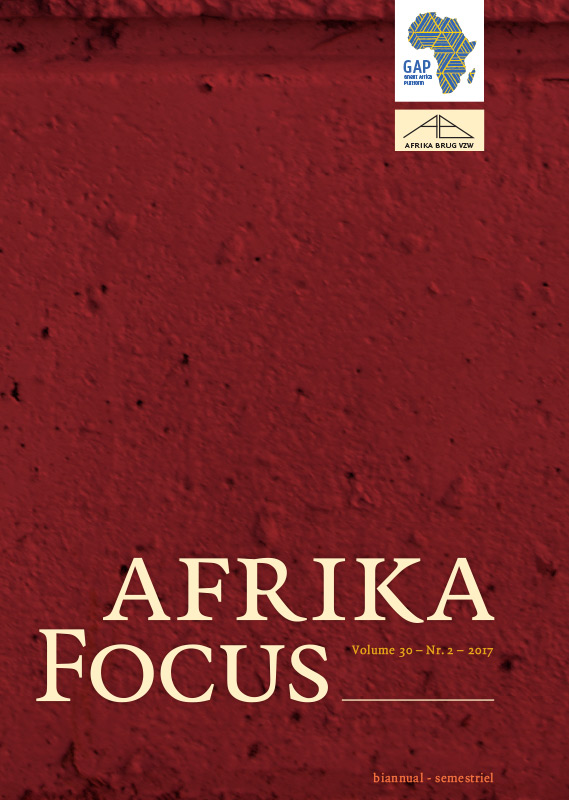Modulation of energy homeostasis in maize and Arabidopsis to develop lines tolerant to drought, genotoxic and oxidative stresses
DOI:
https://doi.org/10.21825/af.v30i2.8080Abstract
Abiotic stresses cause crop losses worldwide that reduce the average yield by more than 50%. Due to the high energy consumed to enhance the respiration rates, the excessive reactive oxygen species release provokes cell death and, ultimately, whole plant decay. A metabolic engineering approach in maize (Zea mays) altered the expression of two poly(ADP-ribosyl)ation metabolic pathway proteins, poly(ADP-ribose) polymerase (PARP) and ADP-ribose-specifIc Nudix hydrolase (NUDX) genes that play a role in the maintenance of the energy homeostasis during stresses. By means of RNAi hairpin silencing and CRISPR/Cas9 gene editing strategies, the PARP expression in maize was downregulated or knocked down. The Arabidopsis NUDX7 gene and its two maize homologs, ZmNUDX2 and ZmNUDX8, were overexpressed in maize and Arabidopsis. Novel phenotypes were observed, such as significant tolerance to oxidative stress and improved yield in Arabidopsis and a trend of tolerance to mild drought stress in maize and in Arabidopsis. Key words: poly(ADP-ribose) polymerase, Nudix hydrolase, CRISPR/Cas9, maize, oxidative stress, drought stressDownloads
Published
How to Cite
Issue
Section
License
Authors who publish with this journal agree to the following terms
Authors retain copyright and grant the journal right of first publication with the work simultaneously licensed under a Creative Commons Attribution License that allows others to share the work with an acknowledgement of the work's authorship and initial publication in this journal.
Authors are able to enter into separate, additional contractual arrangements for the non-exclusive distribution of the journal's published version of the work (e.g., post it to an institutional repository or publish it in a book), with an acknowledgement of its initial publication in this journal.
Authors are permitted and encouraged to post their work online (e.g., in institutional repositories or on their website) prior to and during the submission process, as it can lead to productive exchanges, as well as earlier and greater citation of published work (See The Effect of Open Access).


